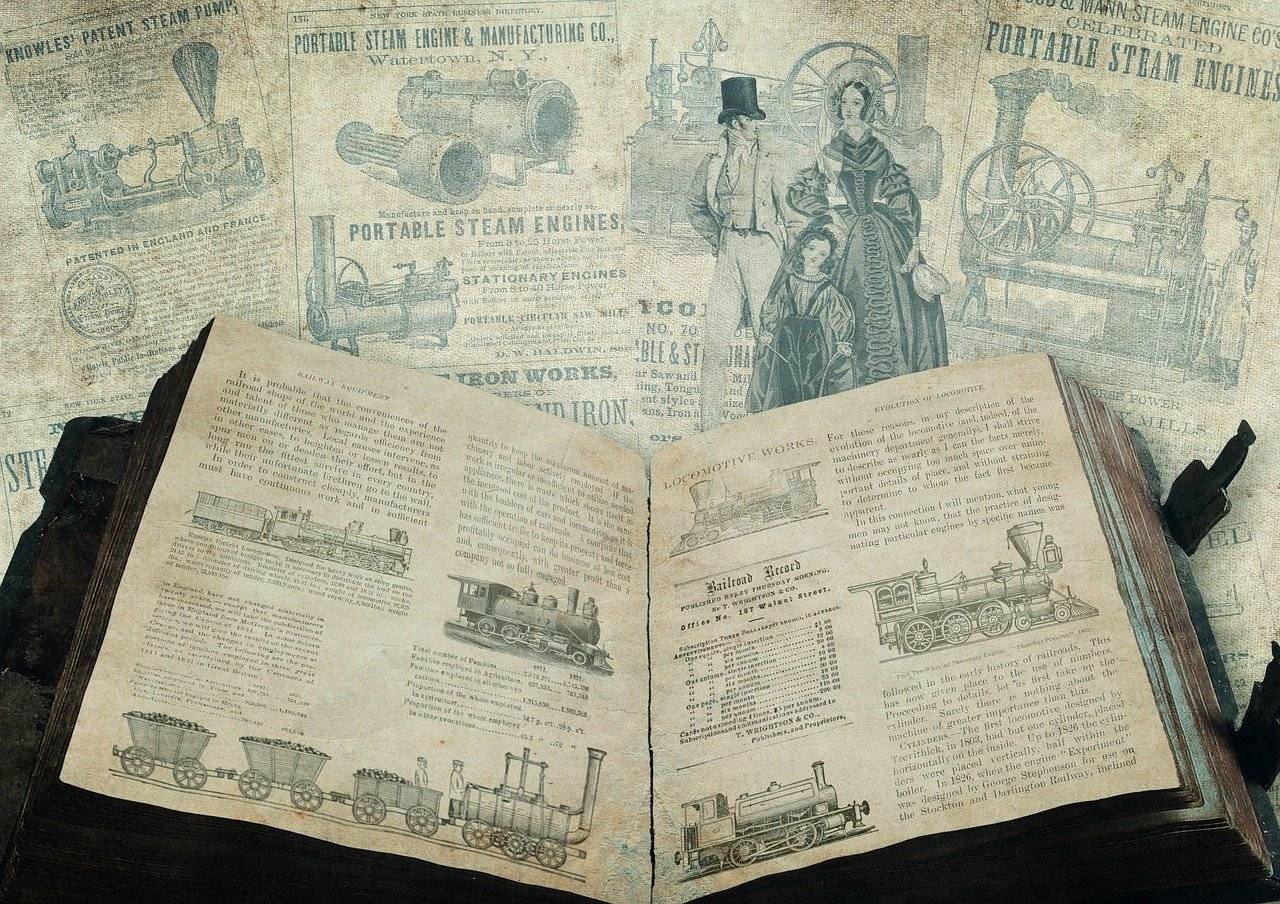First Publication Date: 9th February 2010
Every now and then I come across this question, and most often it’s asked by individual inventors and start-ups. In most cases, when you invent something, the next logical step would be to raise funds and build a business around it. To raise funds you will have to disclose the idea/invention to several VCs, preferable after signing a non disclosure agreement (NDA). A NDA, in brief, is a legal instrument that binds the parties entering into the agreement to maintain confidentiality of the information that is disclosed. However, from what I have heard, making a VC sign a NDA is a task less accomplished. Hence, maintaining confidentiality of your invention and ensuring that your invention is not misused is something that is left to the mercy of the VCs you have disclosed your invention to.
An alternative approach to ensure that your invention is not misused is by filing a patent application. This approach in my opinion is far more foolproof than entering into an NDA; I will let my fellow bloggers to give you reasons for the same, may be in a post dedicated to that topic.
Before taking the approach of filing the patent application, there are a few things, which I suggest one should consider before filing the patent application. To start with, get a patentability opinion from a professional company like ours :-). We would be conducting searches in paid databases that allow us to cover lot more data and enable us to use various search strategies. Finally, we would provide a patentability opinion in light of the patent documents that we uncover, based on the expertise we have and our experience. However, if the available funds do not give you the privilege to avail such a service, then alternatively, you can conduct a search on a free database, and I recommend http://ep.espacenet.com/ If you spend a few hours exploring this database you will be able to conduct a decent search. This basic search will at least put you in a position to judge the patentability of your invention; may not be with the kind of confidence with which one could judge with a patentability opinion from a professional company, however, something is better than nothing.
After conducting the patent search if you are still confident that your invention is patentable then go forward with the patent application filing process. To file a patent application you will have to submit a patent specification. There are basically two types of specification that can be filed, namely, provisional specification and complete specification. If you file a provisional specification then within 12 months you will have to file a complete specification. Further, there are marked differences between the content of a provisional specification and a complete specification. Furthermore, provisional specification is generally filed when a few aspects of the invention need to be polished further. In general, people file a provisional specification when the invention is in the nascent stage. Even otherwise, provisional application is preferred because, in most cases inventors are cash strapped and getting a provisional specification drafted is cheaper as compared to getting a complete specification drafted. In my opinion, you need to take professional help have the specification drafted. Remember, this is the sole document that protects your invention, and compromising on quality of this document, in my opinion, is not an option.
Once you file a patent application, be it provisional or complete, you will have legal grounds using which you can protect your invention against misuse, and you can freely disclose your invention to anyone without fearing that they might copy your invention.
To know more about BananaIP (Earlier known as Brain League) visit bananaip.com




0 Comments
Parimal KOWTAL
Patent route is a costly affair especially patent filing in multiple geographical involves high translation and maintenance costs. Other alternatives are Trade Secret and Defensive Disclosure.